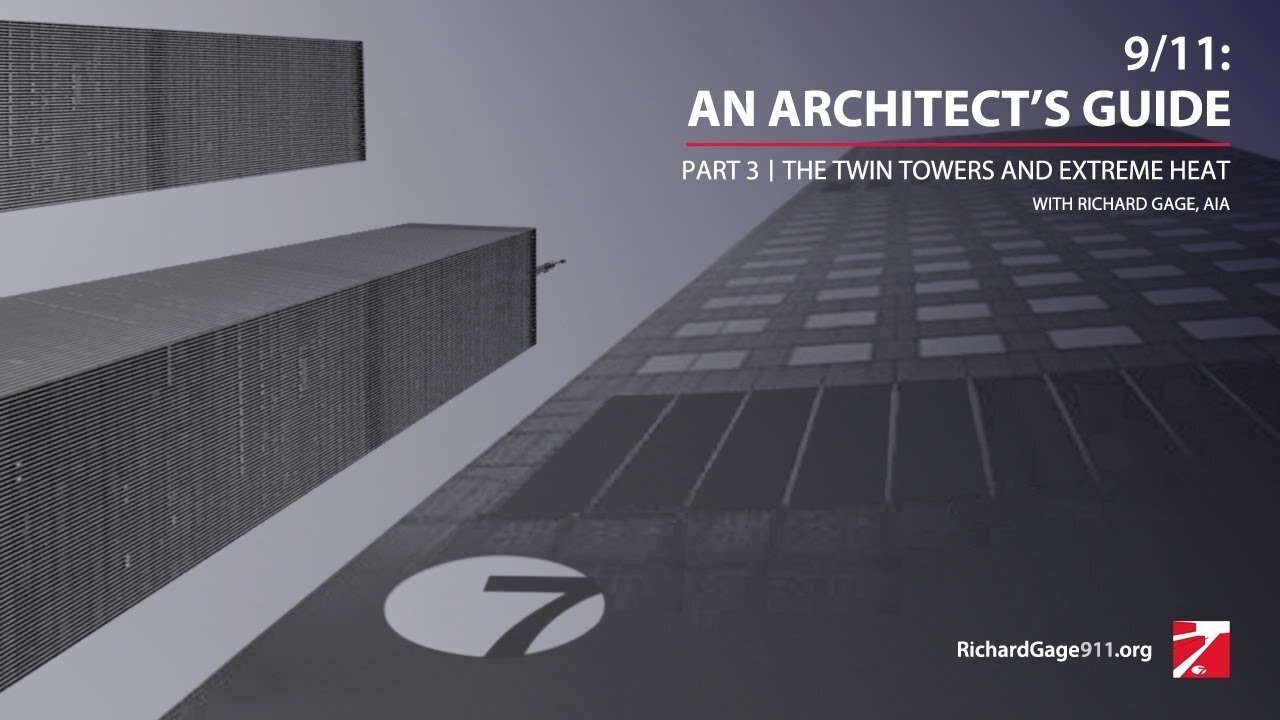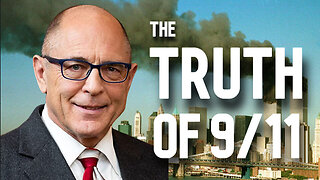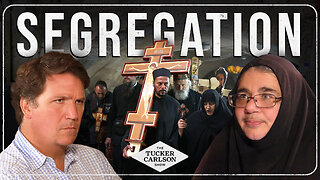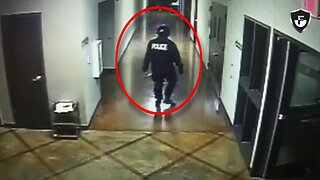Premium Only Content

9/11: An Architect's Guide - Part 3: TT's and Extreme Heat (1/18/22 Webinar - R Gage)
9/11: An Architect’s Guide | Part 3: The Twin Towers and Extreme Heat
Course Number: RG911-AAG-L3
Live three-part webinar series. Each part is about 1 1/2 hours long.
We at RichardGage911 (http://RichardGage911.org) are dedicated to conducting research and providing education about the complete destruction of the three World Trade Center skyscrapers, our courses give architects the technical knowledge and analytical framework with which to evaluate the most likely cause of those building failures.
Course Description:
Never before has a steel-framed high-rise collapsed from fire. Why, then, did three such buildings collapse on September 11, 2001?
In Part 3 of “9/11: An Architect’s Guide,” Richard Gage, AIA, provides an overview of the most important evidence related to the extreme heat observed both before and after the Twin Towers’ destruction.
As documented extensively in the report issued by the National Institute of Standards and Technology (NIST), molten metal was seen pouring out of the South Tower during the seven minutes leading up to its collapse. Molten metal was also observed in the debris of both buildings, while various other evidence of extreme heat and incendiary chemical reactions have been documented since.
In 2005, NIST concluded that the Twin Towers’ destruction resulted from the combined effects of the airplane impact damage and ensuing fires, both of which are phenomena that fail to account for the extreme heat observed before and after the Twin Towers’ destruction.
Does NIST’s explanation for these unprecedented structural failures explain all of the evidence? Together, we will study the collapses and evaluate which of the two leading hypotheses — fire-induced failure or controlled demolition — is more consistent with the evidence. Participants will be encouraged to decide for themselves if a new investigation is warranted.
Learning Objectives:
Participants will be able to:
1. Describe the characteristics of building fires and the aspects of high-rise design that contribute to make fire-induced failure in steel-framed high-rise buildings a rare occurrence.
2. Recognize the distinct features associated with fire-induced failure and the distinct features associated with the procedure of controlled demolition.
3. Describe step-by-step the series of structural failures that the National Institute of Standards and Technology found to be the most likely cause of the collapse of World Trade Center Twin Towers.
4. Analyze the physical evidence and the dynamics of the collapse of the Twin Towers according to how consistent it is with the competing hypotheses of fire-induced failure and controlled demolition.
Visit http://RichardGage911.org for more information.
Content Managed by ContentSafe.co
-
 2:02:06
2:02:06
RichardGage911
12 days agoIf You Still Believe The Official Narrative Of 9/11, You Really Need To Witness The Evidence!
3243 -
 LIVE
LIVE
The Quartering
1 hour agoToday's Breaking News With Hannah Claire, Luke Rudkowski & Guest Harrison Smith From InfoWars!
15,950 watching -

Tucker Carlson
1 hour agoHere’s What It’s Really Like to Live as a Christian in the Holy Land
34.5K46 -
 LIVE
LIVE
Dr Disrespect
3 hours ago🔴LIVE - DON DISRESPECTO - MAFIA OLD COUNTRY - OFFICIAL GAMEPLAY
2,323 watching -
 DVR
DVR
Nerdrotic
5 hours ago $2.40 earnedNerdrotic Nooner 506
35.3K -
 51:18
51:18
Matt Kohrs
2 hours agoRumble Recap: Big Things Coming w/ CEO Chris Pavlovski
61.1K6 -
 53:14
53:14
Sean Unpaved
2 hours agoFirst Snaps & Two-Way Stars: QB Debuts and Hunter's NFL Fit
14K -
 9:43
9:43
ColdBeer
7 days ago $0.14 earned10 Best RTS games like WARCRAFT 3
4.36K1 -
 15:07
15:07
True Crime | Unsolved Cases | Mysterious Stories
2 days agoChurch CCTV Caught the Suspect – 5 Mysterious Unsolved Cases (Part 5)
4.34K -
 1:05:51
1:05:51
Timcast
2 hours agoTrump Seizes Control of DC Police, Deploys National Guard As Crime Skyrockets
146K91